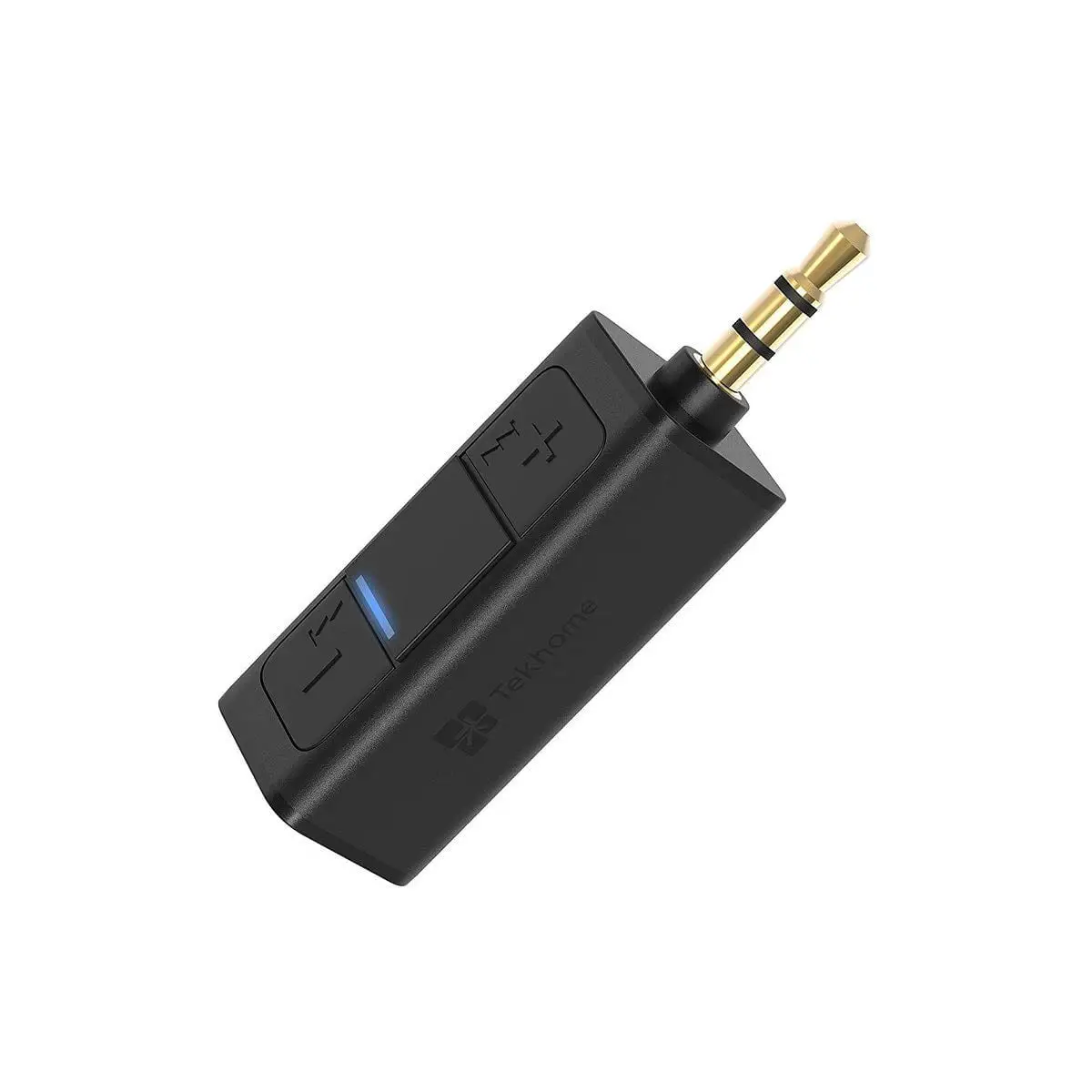

Articles
How Does Bluetooth Adapter Work
Modified: March 24, 2024
Learn how Bluetooth adapters work and discover the latest articles on this technology. Stay updated and enhance your knowledge with our informative content.
(Many of the links in this article redirect to a specific reviewed product. Your purchase of these products through affiliate links helps to generate commission for Storables.com, at no extra cost. Learn more)
Introduction
Bluetooth has become an integral part of our daily lives, connecting various devices seamlessly and wirelessly. From smartphones and headphones to car stereos and speakers, Bluetooth technology has revolutionized the way we interact with our devices. At the heart of this wireless connection lies a small yet powerful device called the Bluetooth adapter.
In this article, we will delve into the world of Bluetooth adapters, exploring what they are, how they work, and their common uses. We will also discuss the advantages and limitations of Bluetooth adapters and provide troubleshooting tips for any potential issues that may arise.
So, if you’ve ever wondered how Bluetooth adapters enable devices to communicate wirelessly, or if you’re considering adding a Bluetooth adapter to your setup, this article will provide you with all the information you need to know.
Key Takeaways:
- Bluetooth adapters serve as essential bridges, enabling non-Bluetooth devices to seamlessly connect wirelessly with a wide range of Bluetooth-enabled devices, offering convenience and flexibility in various applications.
- While Bluetooth adapters offer universal compatibility, wireless convenience, and low power consumption, they may face limitations such as range constraints and potential security concerns, which can be addressed through troubleshooting tips for common connectivity issues.
Read more: What Is A Usb Bluetooth Adapter
What is a Bluetooth Adapter?
A Bluetooth adapter, also known as a Bluetooth dongle, is a small device that allows non-Bluetooth enabled devices to connect wirelessly to other Bluetooth devices. It acts as a bridge, enabling communication and data transfer between devices that otherwise wouldn’t have the capability to connect via Bluetooth.
The adapter itself is usually a compact, USB-powered device that can be plugged into a USB port on a computer, laptop, or other compatible devices. Some adapters are built directly into devices such as laptops, while others are standalone devices that can be plugged into any USB port.
Once connected, the Bluetooth adapter establishes a Bluetooth connection with other devices in its range, allowing for seamless data transfer and communication. This means that devices like older computers without built-in Bluetooth capabilities can now access the benefits of wireless connectivity.
Bluetooth adapters come in different variants, such as Bluetooth 4.0, Bluetooth 4.2, and Bluetooth 5.0, with each version offering improved features and capabilities. The latest Bluetooth 5.0 technology provides faster data transfer speeds, longer range, and improved power efficiency compared to previous versions.
Whether you need to connect your laptop to a wireless headset, pair your computer with a Bluetooth keyboard and mouse, or stream music from your smartphone to a non-Bluetooth speaker, a Bluetooth adapter can make it all possible.
Now that we have a basic understanding of what a Bluetooth adapter is, let’s explore how Bluetooth technology works to establish a wireless connection between devices.
Bluetooth Technology Overview
Bluetooth technology, named after a 10th-century Danish king, Harald Bluetooth, was created as a wireless communication standard in the late 1990s. It enables devices to connect and exchange data over short distances using radio waves.
The main purpose of Bluetooth is to simplify the process of connecting and pairing devices, eliminating the need for cables or physical connections. It operates in the 2.4GHz frequency range and uses a technique called frequency hopping spread spectrum (FHSS) to avoid interference from other devices operating in the same frequency band.
Bluetooth technology supports various profiles, each designed for specific types of applications. Some common profiles include the Advanced Audio Distribution Profile (A2DP) for streaming high-quality audio, the Hands-Free Profile (HFP) for hands-free calling, and the Human Interface Device (HID) profile for connecting keyboards and mice.
Bluetooth provides a secure and reliable connection between devices. When two Bluetooth-enabled devices come into range, they initiate a process called “pairing,” where they exchange information and create a unique encryption key. This key ensures that the data transmitted between the devices remains secure and protected from unauthorized access.
Over the years, Bluetooth technology has evolved, with each new version introducing advancements in terms of speed, range, and power efficiency. The latest Bluetooth 5.0 technology offers significant improvements over its predecessors, including faster data transfer speeds of up to 2 Mbps, an extended range of up to 240 meters (800 feet), and lower power consumption.
With Bluetooth technology being widely adopted across various industries, it has become the standard for wireless connectivity in devices such as smartphones, tablets, laptops, speakers, headphones, automotive systems, and more.
Now that we have a basic understanding of Bluetooth technology, let’s delve into how exactly Bluetooth works and how a Bluetooth adapter plays a crucial role in establishing a wireless connection.
How Does Bluetooth Work?
Bluetooth technology works by utilizing radio waves to establish a wireless connection between devices. It operates on the 2.4GHz frequency band and uses a technique known as frequency hopping spread spectrum (FHSS) to transmit data.
When two Bluetooth-enabled devices come within range of each other, they start a process called “pairing.” During pairing, the devices exchange identification information and establish a secure connection. This process ensures that only authorized devices can communicate with each other.
Once the devices are paired, they can connect and communicate with each other seamlessly. This connection allows for the transfer of various types of data, including audio, video, files, and control commands.
Bluetooth technology uses short-range radio waves that can typically reach up to 100 meters (330 feet) in open space, although this range can vary depending on the specific Bluetooth version and environmental factors. However, it’s essential to note that walls, furniture, and other obstacles can reduce the effective range of Bluetooth signals.
Bluetooth technology employs the concept of “masters” and “slaves” to establish connections. One device acts as the master, taking the role of initiating and controlling the connection, while the other device acts as the slave, accepting the connection and following the commands of the master.
When data transfer occurs between two connected Bluetooth devices, it is divided into small packets and transmitted using FHSS. FHSS involves rapidly hopping between different frequencies within the 2.4GHz band to reduce the likelihood of interference from other devices operating in the same frequency range.
Bluetooth also implements a technology called adaptive frequency hopping (AFH), which further enhances signal reliability by avoiding frequencies with significant interference. AFH continually monitors the channel conditions and adjusts the hopping sequence to avoid crowded frequencies.
With advancements in Bluetooth technology, newer versions like Bluetooth 5.0 offer faster data transfer speeds, lower power consumption, and an extended range, making Bluetooth an effective and efficient wireless communication technology.
Now that we understand the basics of how Bluetooth works, let’s take a look at the components of a Bluetooth adapter and how they contribute to establishing a wireless connection.
Bluetooth Adapter Components
A Bluetooth adapter is comprised of several key components that work together to enable wireless connectivity between devices:
- Bluetooth Chipset: The Bluetooth chipset is the heart of the adapter. It contains the necessary circuitry and technology to transmit and receive Bluetooth signals. The chipset determines the Bluetooth version and features supported by the adapter, such as data transfer speed and power efficiency.
- Antenna: The antenna is responsible for transmitting and receiving Bluetooth signals. It helps to enhance the range and reliability of the connection. The antenna can be an internal component or an external attachment, depending on the design of the Bluetooth adapter.
- USB Interface: Most Bluetooth adapters utilize a USB interface, allowing them to connect to a computer, laptop, or other USB-enabled devices. The USB interface provides both power and data connectivity, making it convenient and easy to use.
- Software/Driver: The Bluetooth adapter requires specific software or drivers to function correctly. These software components enable the adapter to communicate with the operating system and establish a Bluetooth connection with other devices. The drivers are commonly provided by the adapter’s manufacturer or are built into the operating system itself.
- LED Indicators: Many Bluetooth adapters include LED indicators that provide visual feedback on the status of the connection. These indicators may show whether the adapter is powered on, in pairing mode, or connected to a device.
It’s essential to ensure compatibility between the Bluetooth adapter and the device you intend to use it with. This includes verifying that both devices support the same Bluetooth version and have compatible software or drivers available.
Now that we understand the components of a Bluetooth adapter, let’s explore the process of pairing a Bluetooth adapter with other devices to establish a wireless connection.
Read more: What Is A Bluetooth Adapter For Pc
Bluetooth Pairing Process
The Bluetooth pairing process allows devices to establish a secure connection and exchange information. Here is a step-by-step overview of the typical Bluetooth pairing process:
- Put Devices in Pairing Mode: Before two Bluetooth devices can connect, they need to be in pairing mode. This involves enabling the Bluetooth function on both devices and putting them into a mode where they are discoverable by other devices.
- Scan for Devices: Once both devices are in pairing mode, they will scan for nearby Bluetooth devices. This process allows them to detect and display a list of available devices that can be connected.
- Select the Device: From the list of available devices, select the specific device you want to pair with. This will initiate the pairing process between the two devices.
- Exchange Passkey or PIN: During the pairing process, the devices will exchange a passkey or PIN to ensure a secure connection. This passkey is used to establish an encrypted link between the devices, preventing unauthorized access.
- Verify Passkey: After exchanging the passkey, both devices will display the passkey for verification. Ensure that the passkeys displayed on both devices match to confirm the pairing process.
- Establish Connection: Once the passkey is verified, the devices will establish a Bluetooth connection. They can now communicate and transfer data wirelessly.
- Pairing Confirmation: Once the connection is established, the devices will display a confirmation message or indicator to confirm the successful pairing.
Please note that the exact steps and process may vary depending on the devices and operating systems involved. Some devices may have simplified pairing procedures or may require additional steps such as entering a pairing code.
It’s worth mentioning that once paired, devices usually remember each other and automatically reconnect when they are in range. This eliminates the need to repeat the pairing process every time the devices are turned on or come within range of each other.
Now that we understand the pairing process, let’s explore the range and signal strength of Bluetooth adapters.
When using a Bluetooth adapter, ensure that the device you are connecting to is within the adapter’s range, typically around 30 feet. Also, be aware of any potential interference from other electronic devices.
Bluetooth Adapter Range and Signal Strength
The range and signal strength of a Bluetooth adapter determine how far it can establish a stable connection with other Bluetooth devices. The range can vary depending on the specific Bluetooth version, environmental factors, and any obstacles in the vicinity.
Typically, Bluetooth technology has a maximum range of up to 100 meters (330 feet) in open space. However, this range can be significantly reduced by walls, furniture, or other physical barriers that block or interfere with the Bluetooth signal. Additionally, devices operating on different Bluetooth versions may have different range capabilities. For example, Bluetooth 5.0 offers an extended range of up to 240 meters (800 feet) compared to earlier versions.
The signal strength of a Bluetooth connection can also be affected by interference from other electronic devices operating in the 2.4GHz frequency band. These devices can include Wi-Fi routers, microwave ovens, cordless phones, and other Bluetooth devices in close proximity. Bluetooth technology addresses this issue by using a technique called frequency hopping spread spectrum (FHSS), which allows the Bluetooth signal to hop between different frequencies, minimizing the effects of interference.
Overall, maintaining a strong Bluetooth signal relies on several factors:
- Proximity: The closer the devices are to each other, the stronger the Bluetooth signal. Keeping the connected devices within the recommended range increases the signal strength and stability.
- Obstacles: Walls, furniture, and other obstructions can weaken the Bluetooth signal. Positioning the devices in clear line of sight without any obstructions can help maintain a stronger signal.
- Signal Interference: Minimizing interference from other electronic devices operating in the same frequency band can enhance the Bluetooth signal. Keeping devices away from potential sources of interference can help improve signal strength.
It’s important to keep in mind that the range and signal strength of a Bluetooth connection may vary between different devices, even if they are using the same Bluetooth version. Factors like the design of the device’s internal antenna and the quality of the Bluetooth chipset can impact the performance of the Bluetooth adapter.
Now that we understand the range and signal strength of Bluetooth adapters, let’s explore some common uses of these adapters in various devices and scenarios.
Common Uses of Bluetooth Adapters
Bluetooth adapters offer versatile connectivity options and are used in various devices and scenarios. Here are some of the common uses of Bluetooth adapters:
- Wireless Headphones and Speakers: Bluetooth adapters allow non-Bluetooth devices, like older TVs or computers, to connect to wireless headphones or speakers. This enables a cable-free audio listening experience.
- Wireless Keyboards and Mice: Bluetooth adapters enable the connection of wireless keyboards and mice to computers or laptops without built-in Bluetooth functionality. This helps reduce cable clutter and provides flexibility in positioning the peripherals.
- Hands-Free Calling: Bluetooth adapters in cars enable hands-free calling by connecting the mobile phone to the car’s audio system. This enables drivers to make and receive calls safely while keeping their hands on the wheel.
- Smartphone Integration: Bluetooth adapters in cars or home stereo systems allow for seamless integration with smartphones. Users can stream music wirelessly, make hands-free calls, and access features like phonebook contacts and voice assistants.
- Wireless File Transfer: Bluetooth adapters enable the transfer of files between devices without the need for cables or internet connectivity. This is particularly useful for quickly sharing files between smartphones, tablets, and computers.
- Wireless Gaming: Bluetooth adapters can be used to connect gaming controllers to computers or gaming consoles. This provides a wireless gaming experience without the constraints of wired connections.
- Health and Fitness Tracking: Bluetooth adapters allow fitness trackers, heart rate monitors, and other health devices to sync with smartphones or computers. This enables the collection and analysis of health data conveniently.
- Smart Home Automation: Bluetooth adapters are used to connect smart home devices such as lights, thermostats, and security systems to a central hub or smartphone. This allows for convenient control and automation of various aspects of the home.
These are just a few examples of the common uses of Bluetooth adapters. As Bluetooth technology continues to evolve, new use cases and applications are continuously being explored and developed.
Now that we understand the common uses of Bluetooth adapters, let’s explore the advantages and limitations of using these adapters.
Advantages and Limitations of Bluetooth Adapters
Bluetooth adapters offer several advantages that make them popular for wireless connectivity, but they also have some limitations to be aware of. Let’s explore both the advantages and limitations of using Bluetooth adapters:
Advantages:
- Wireless Convenience: Bluetooth adapters eliminate the need for cables and physical connections, providing a convenient and clutter-free experience.
- Universal Compatibility: Bluetooth adapters can connect multiple devices from different manufacturers, making them widely compatible across various devices and brands.
- Easy Setup: Pairing Bluetooth devices is usually a straightforward process, and once paired, devices can automatically reconnect when in range.
- Wide Range of Uses: Bluetooth adapters can be used in various scenarios, from audio devices and input peripherals to smart home automation and gaming.
- Low Power Consumption: Bluetooth technology is designed to be energy-efficient, reducing the drain on battery life in connected devices.
Limitations:
- Range Limitations: Bluetooth signals have a limited range, which can be affected by obstacles or interference from other devices operating in the same frequency range.
- Data Transfer Speed: While newer Bluetooth versions offer faster data transfer speeds, they may still be slower compared to other wireless technologies like Wi-Fi or wired connections.
- Device Compatibility: Some devices may not support Bluetooth connectivity or have outdated Bluetooth versions, limiting their compatibility with Bluetooth adapters.
- Audio Quality: Bluetooth audio may experience some loss of quality compared to wired connections, although advancements in codecs like aptX have improved audio performance.
- Security Concerns: Although Bluetooth technology includes security measures like pairing and encryption, it is not entirely immune to potential security vulnerabilities.
Understanding the advantages and limitations of Bluetooth adapters can help you make informed decisions when considering their use in various devices and scenarios.
Now that we are aware of the advantages and limitations, let’s explore some troubleshooting tips to address common Bluetooth adapter issues.
Read more: How To Use Bluetooth Adapter In Car
Troubleshooting Bluetooth Adapter Issues
While Bluetooth technology is generally reliable, there may be instances where you encounter issues with your Bluetooth adapter. Here are some common troubleshooting steps to help address Bluetooth adapter issues:
- Check Device Compatibility: Ensure that your devices are compatible with each other and support the same Bluetooth version. Incompatibility can lead to connection issues.
- Restart Devices: Sometimes simply restarting your Bluetooth devices can resolve connectivity issues. Turn off both devices, wait a few seconds, and then turn them back on.
- Update Drivers and Firmware: Check for any available updates for your Bluetooth adapter’s drivers and firmware. Updating them can often fix bugs and improve device compatibility.
- Remove Interference: Avoid placing your devices near other electronic devices that may cause interference, such as Wi-Fi routers, microwave ovens, or cordless phones.
- Reset Bluetooth Settings: On your device, go to the Bluetooth settings and try to reset or clear the paired devices list. Then, reconnect and pair the devices again.
- Check Signal Range: Ensure that the devices are within the recommended Bluetooth range. Move closer to the devices to eliminate any potential range issues.
- Disable Power Saving Mode: Some devices have power-saving features that can affect Bluetooth connectivity. Check the settings and disable any power-saving modes that may impact Bluetooth functionality.
- Replace Batteries or Charge Devices: If you are using battery-powered devices or Bluetooth peripherals, low battery levels can cause connectivity issues. Replace batteries or charge the devices to ensure they have sufficient power.
- Reset Network Settings: In some cases, resetting the network settings on your devices can help resolve persistent Bluetooth issues. However, note that this may reset other network-related settings as well.
- Seek Professional Help: If the above steps do not resolve the issue, consider seeking assistance from the manufacturer’s support or a professional technician who can provide further troubleshooting and guidance.
By following these troubleshooting steps, you can often resolve common Bluetooth adapter issues and regain seamless connectivity between your devices.
Now that we’ve covered troubleshooting tips, let’s summarize the key points covered in this article.
Conclusion
In conclusion, Bluetooth adapters play a crucial role in enabling wireless connectivity between devices that lack built-in Bluetooth capabilities. With their compact design and versatile functionality, these adapters offer convenience and flexibility in various scenarios.
We explored the basics of Bluetooth technology and how Bluetooth adapters work to establish wireless connections. From the pairing process to the range and signal strength of Bluetooth adapters, we covered the essential aspects of using these devices.
We also discussed the common uses of Bluetooth adapters, including connecting wireless headphones, keyboards, and speakers, as well as enabling hands-free calling and smart home automation. Bluetooth adapters have become essential in our daily lives, providing seamless wireless connections in various devices and applications.
While Bluetooth adapters offer several advantages, including wireless convenience, universal compatibility, and low power consumption, they do have limitations such as range constraints and potential security concerns.
If you encounter any issues with your Bluetooth adapter, we provided troubleshooting tips to help resolve common connectivity problems. By following these steps, you can address most Bluetooth adapter issues and enjoy uninterrupted wireless communication.
Overall, Bluetooth adapters have revolutionized the way we connect and communicate with our devices. With their seamless connectivity and broad range of applications, they have become an integral part of our digital lifestyle.
So, whether you’re looking to listen to music wirelessly, connect input peripherals without cables, or integrate your smartphone with various devices, Bluetooth adapters provide a reliable and convenient solution.
Embrace the power of Bluetooth adapters and experience the freedom of wireless connectivity in the world of technology!
Frequently Asked Questions about How Does Bluetooth Adapter Work
Was this page helpful?
At Storables.com, we guarantee accurate and reliable information. Our content, validated by Expert Board Contributors, is crafted following stringent Editorial Policies. We're committed to providing you with well-researched, expert-backed insights for all your informational needs.
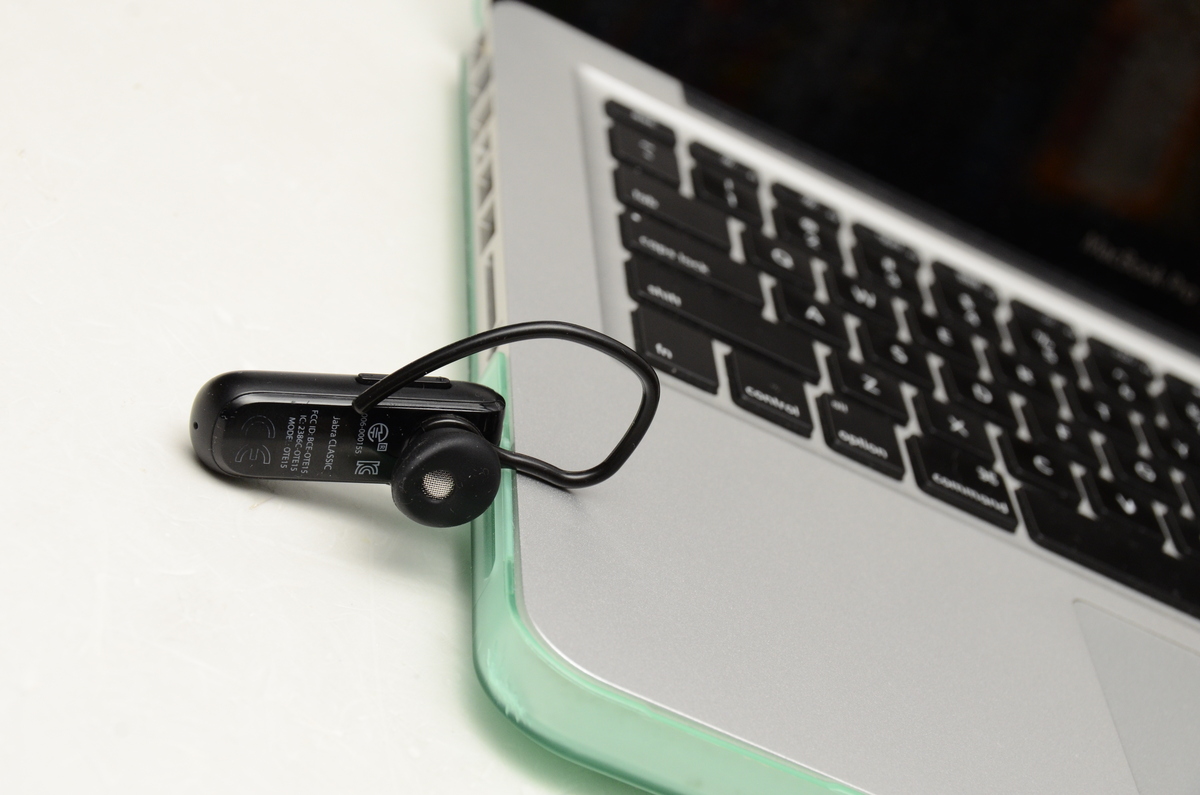
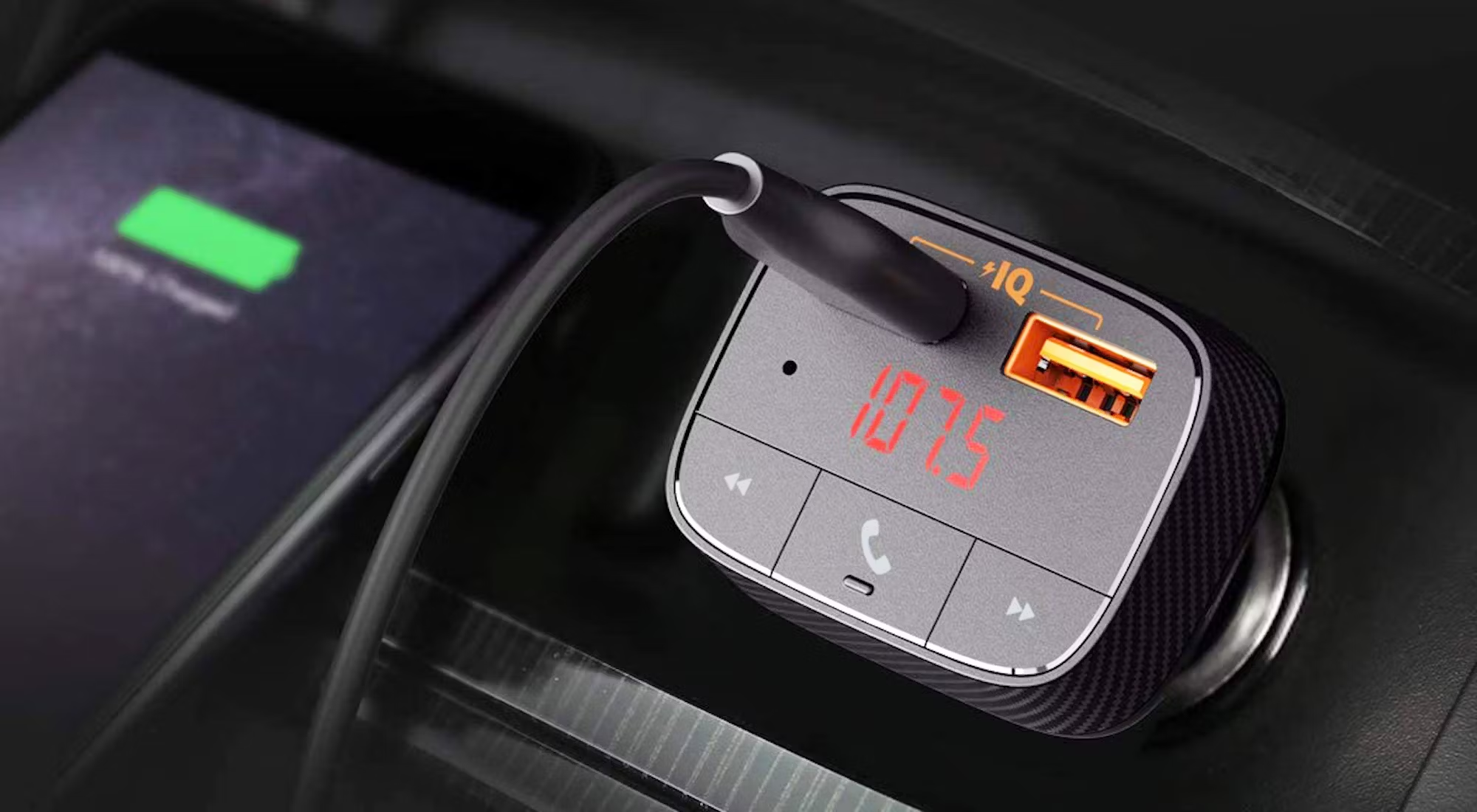
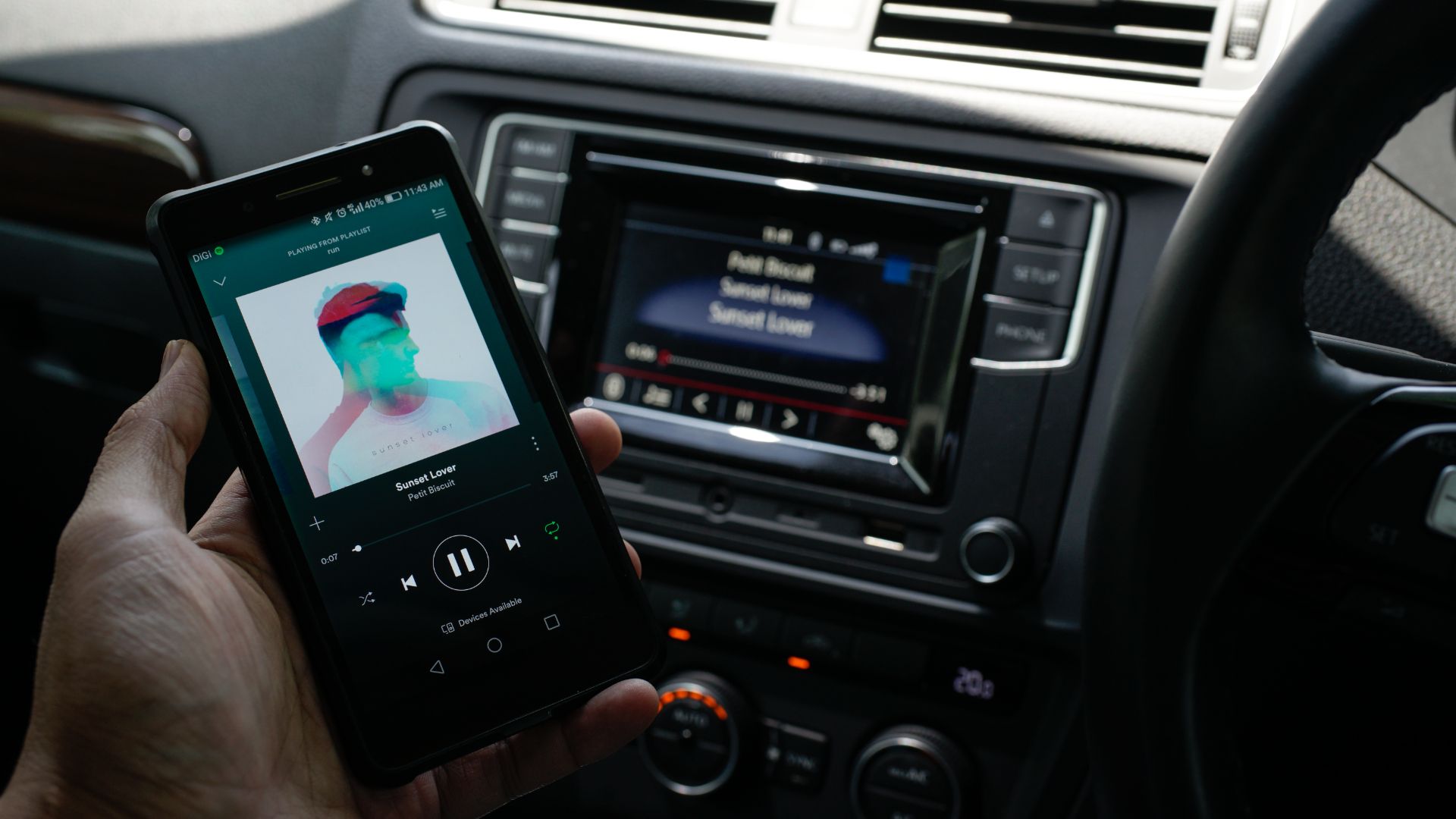
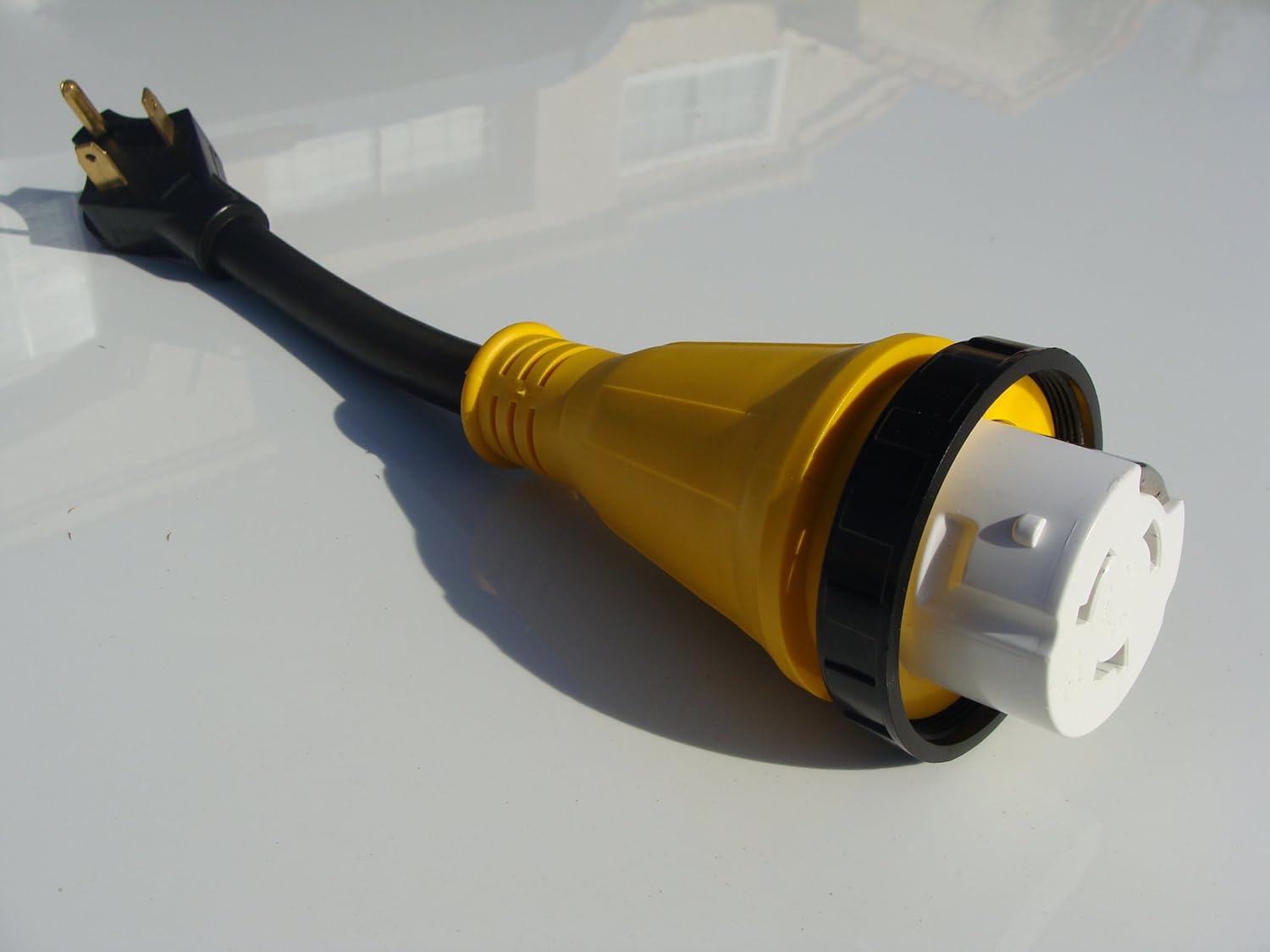
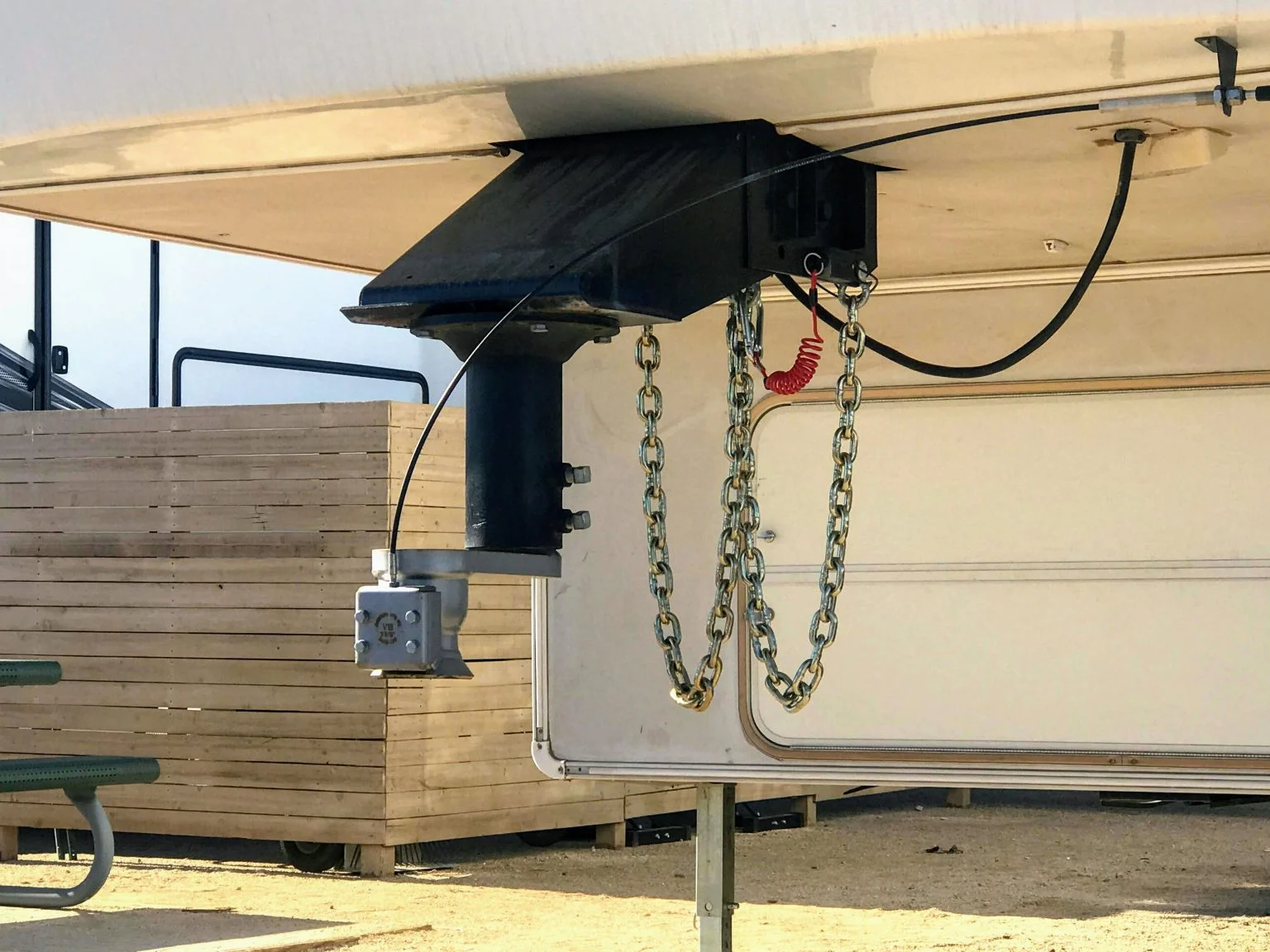
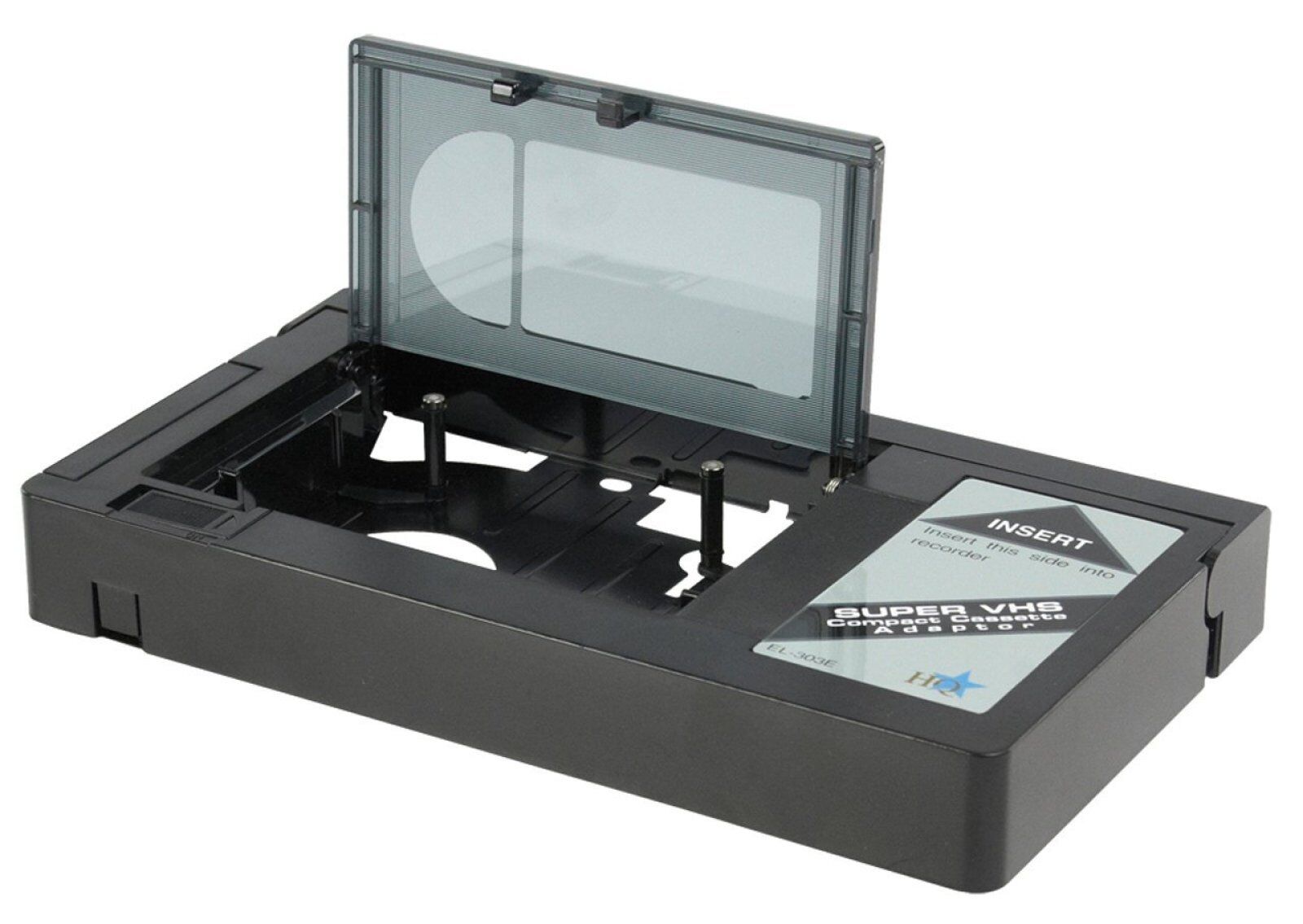
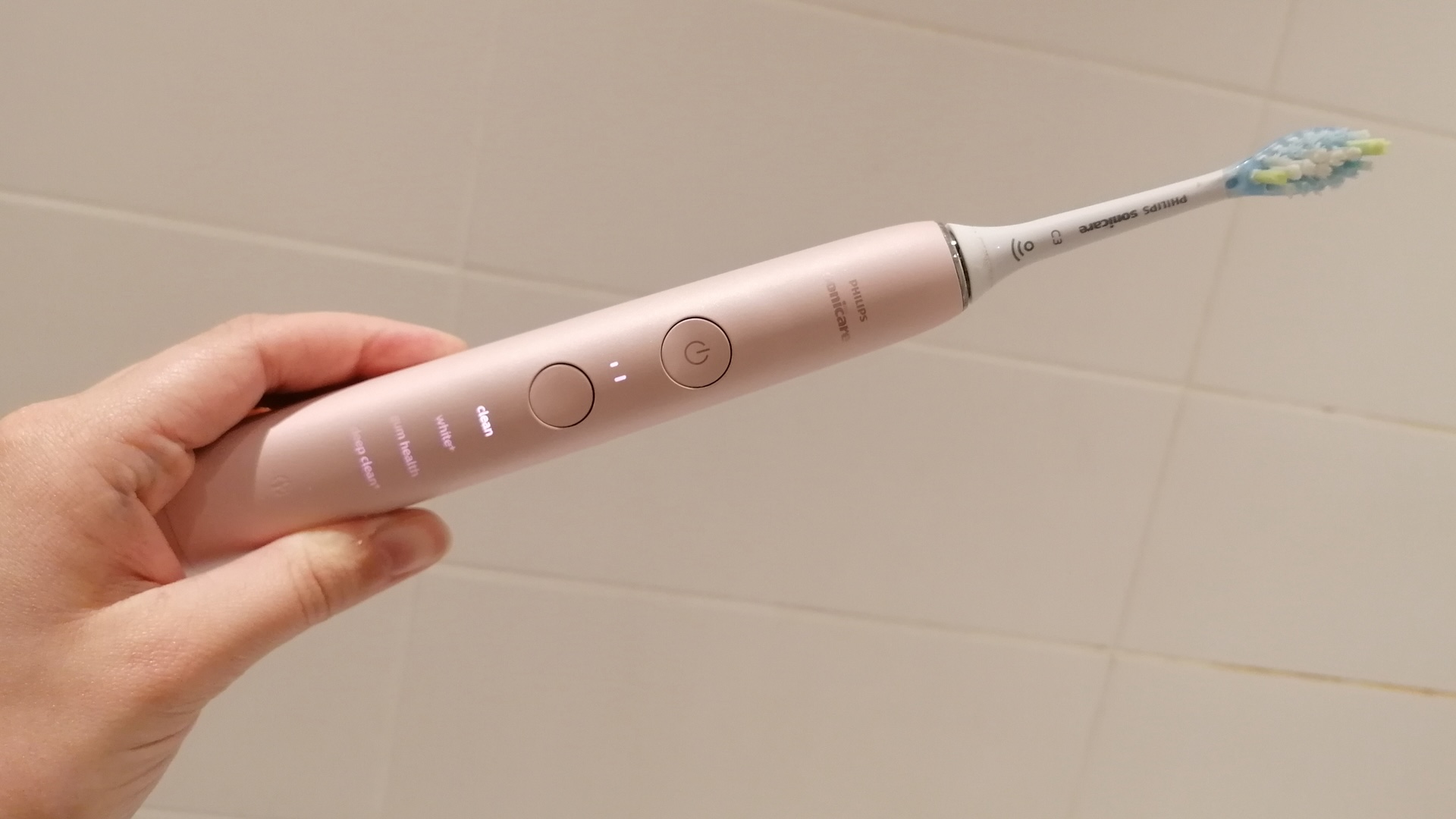
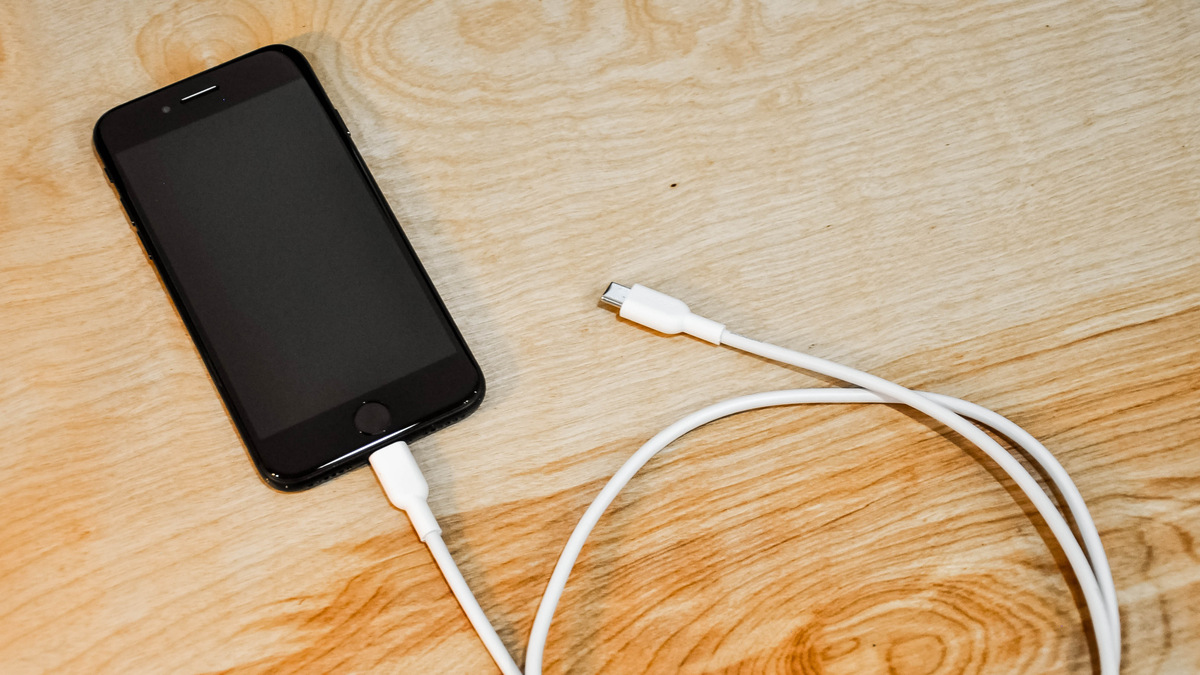
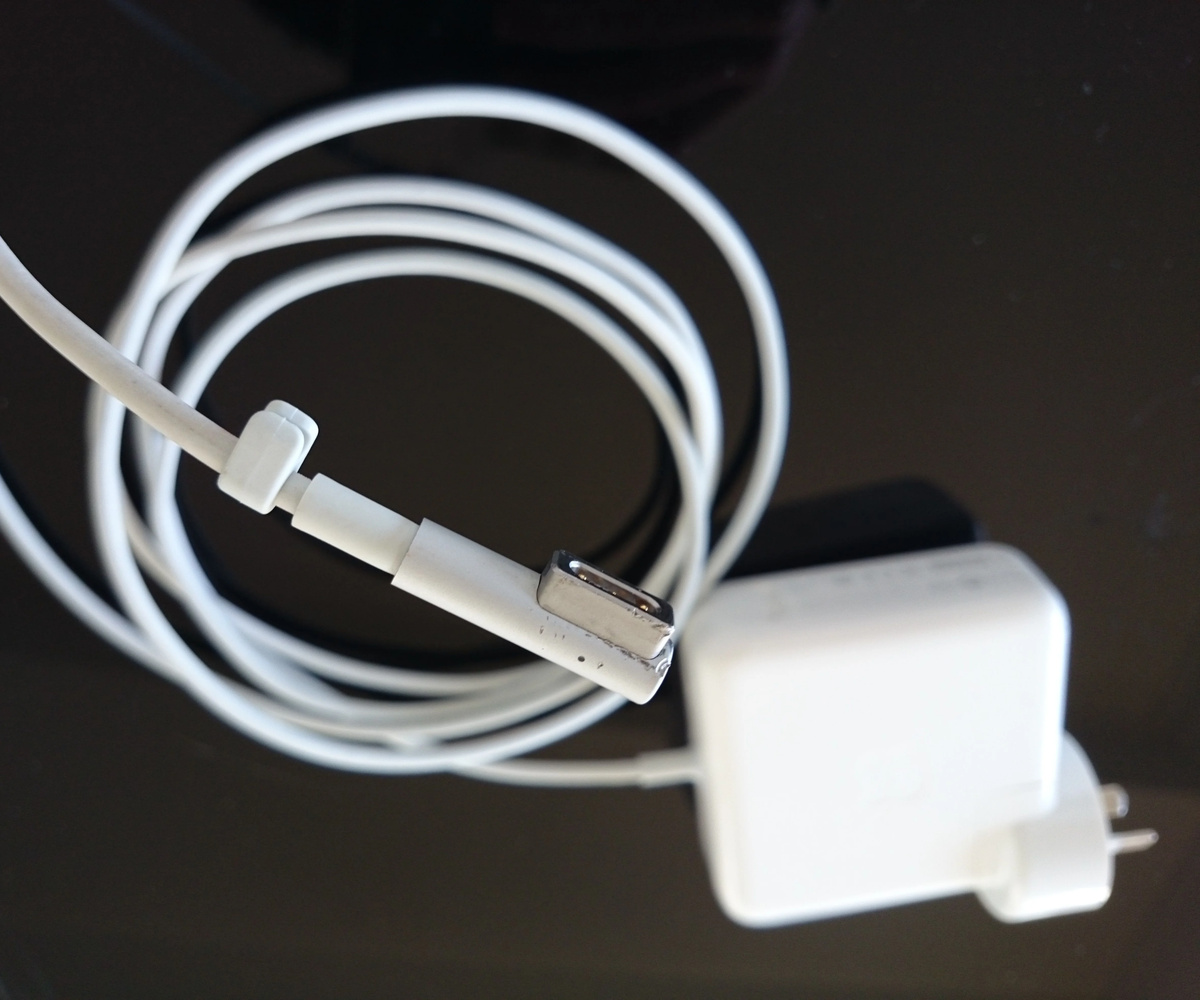
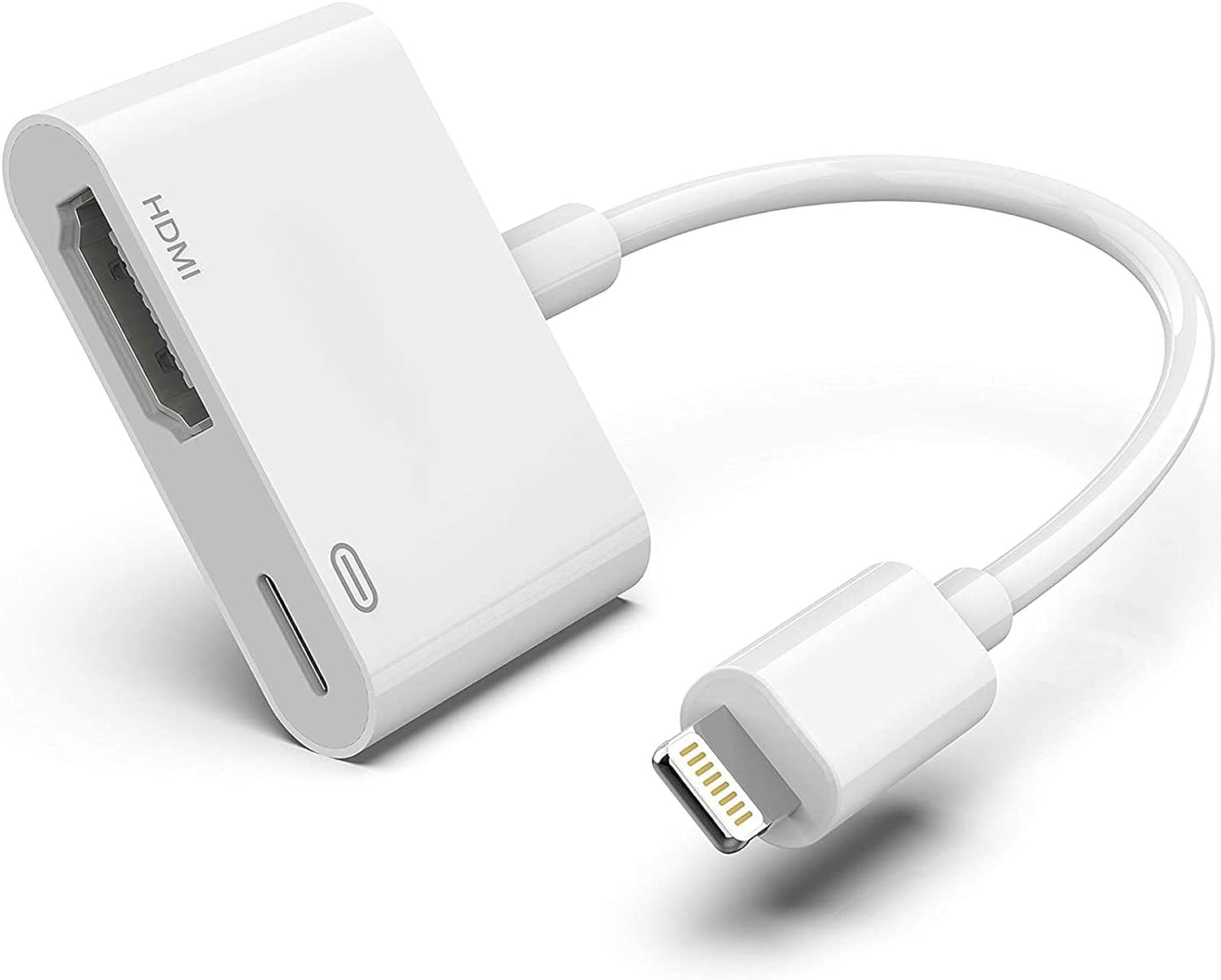
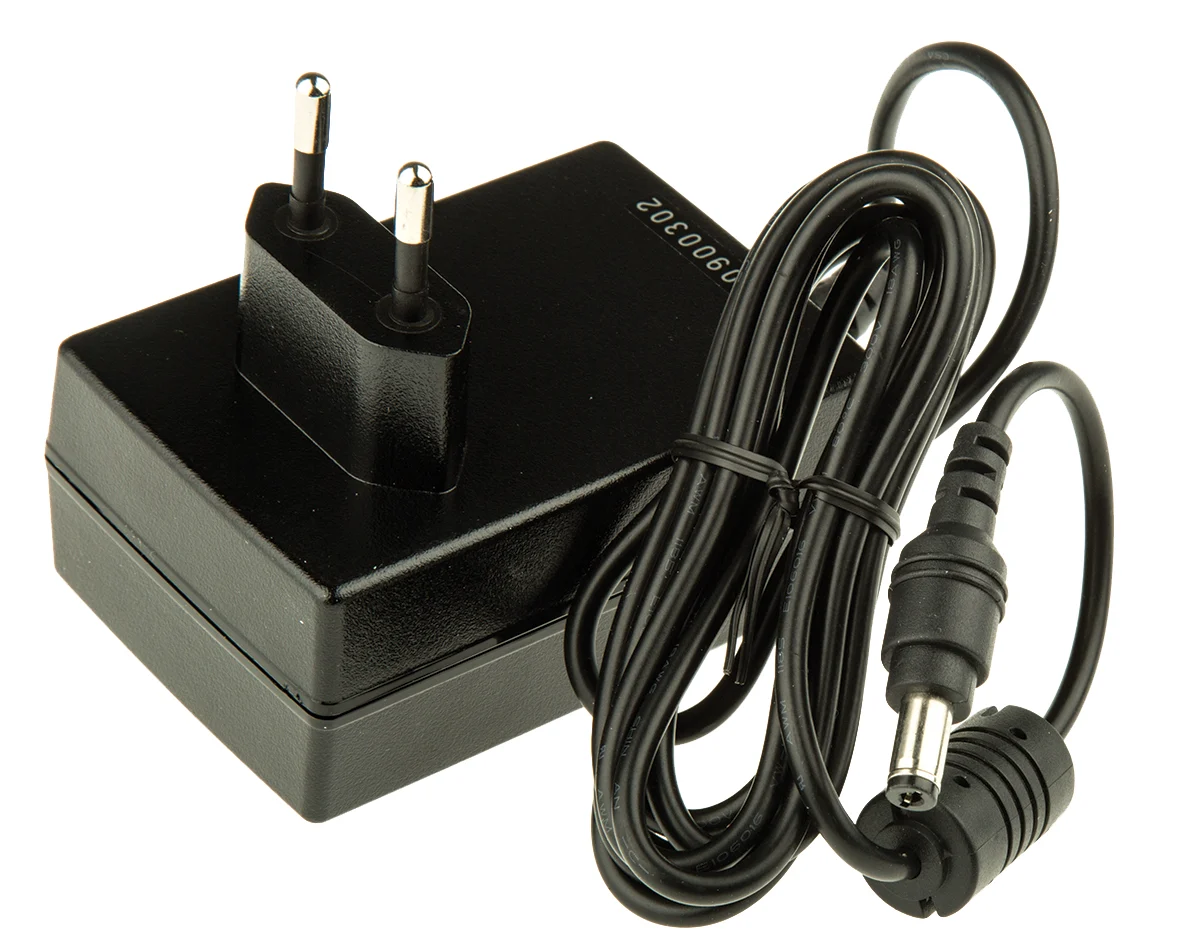
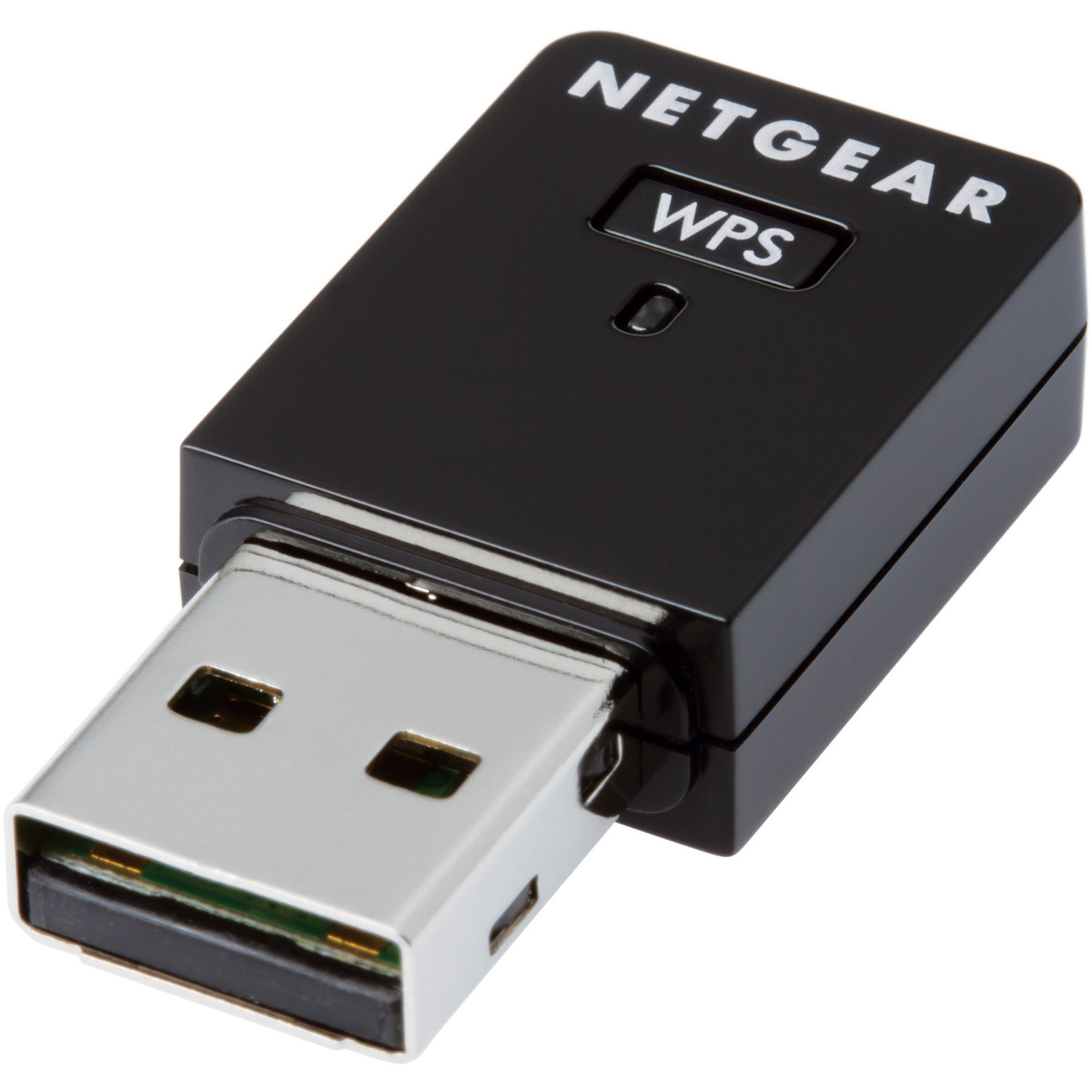
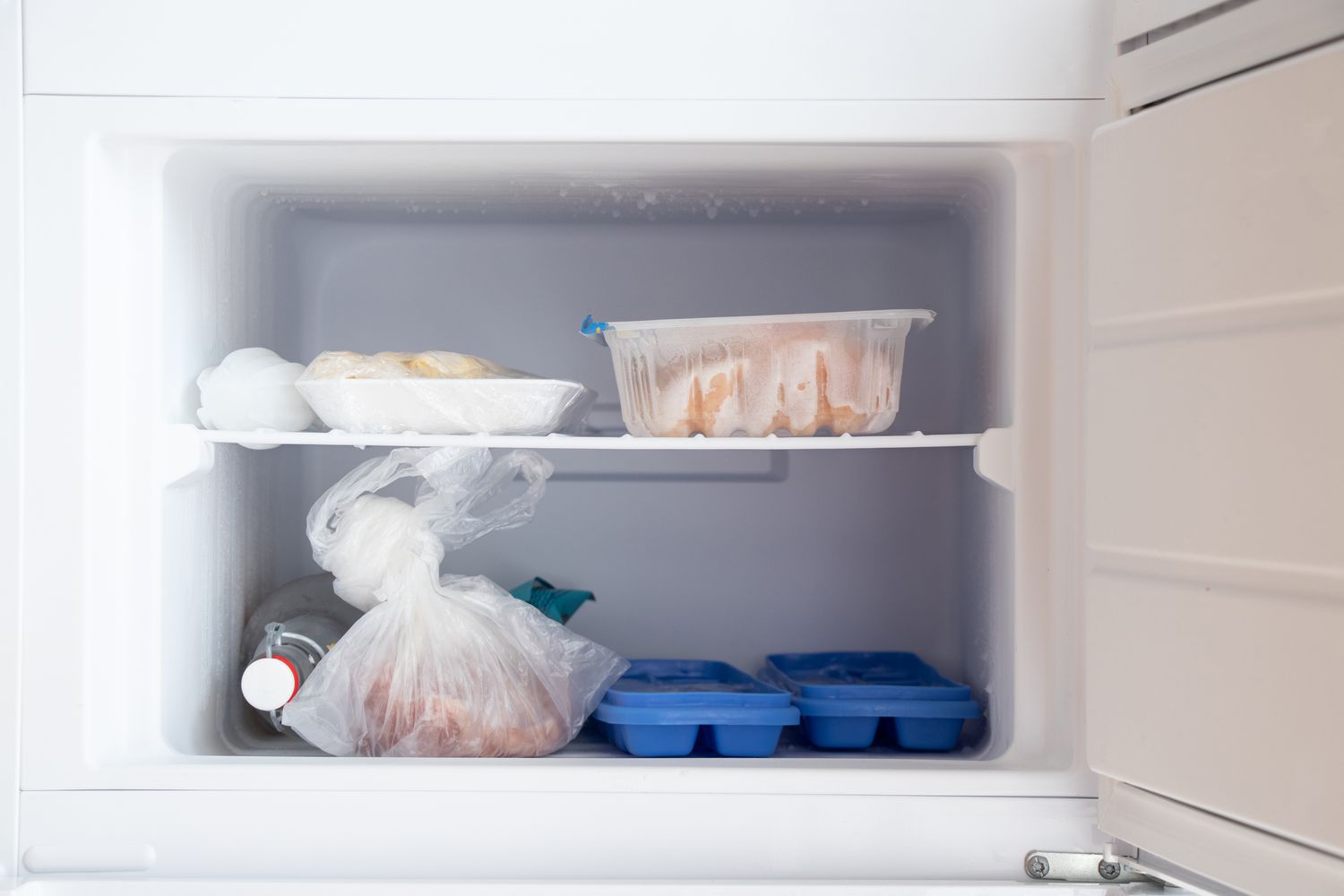

0 thoughts on “How Does Bluetooth Adapter Work”